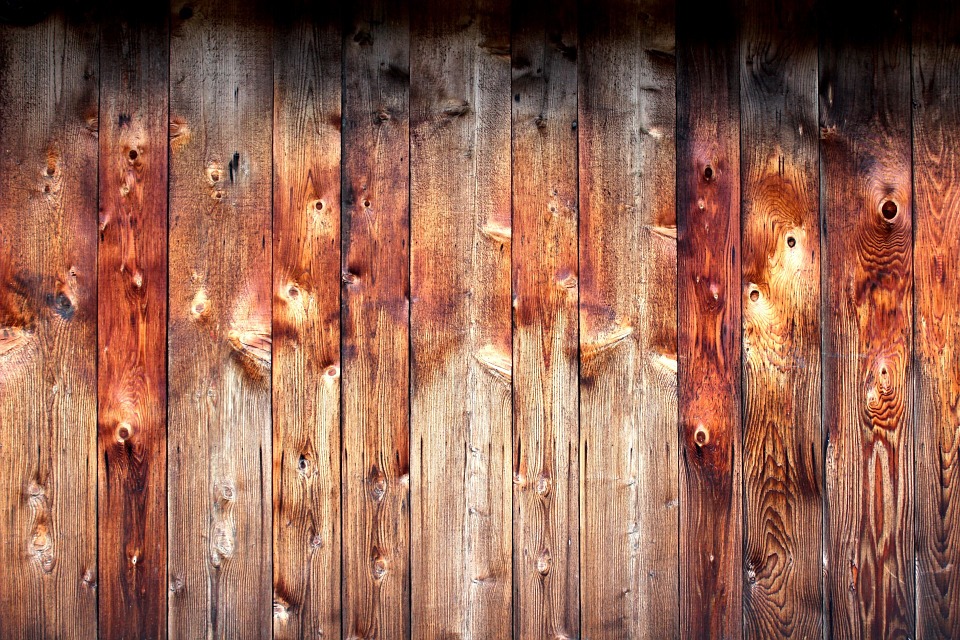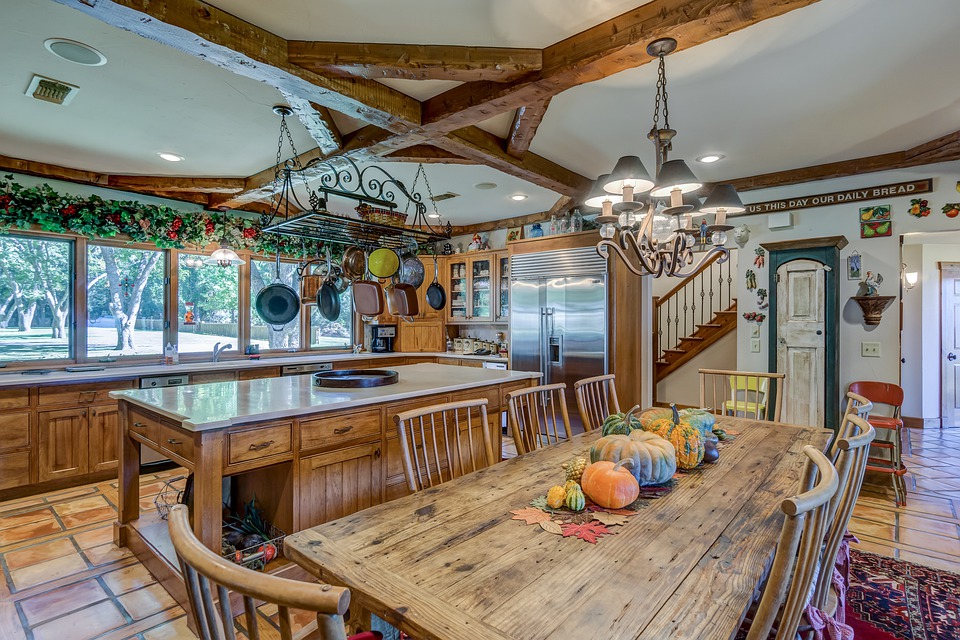Reclaimed wood is any wood used for building or furniture that’s already served a purpose in a previous life. That means it comes from a wide variety of places, each with its own unique history. Many of these claimed timbers are hand-hewn beams from century-old barns that have fallen into disrepair.
Rather than send the aged wood to a landfill, deconstruction specialists take the building apart piece by piece, saving timbers that are still useful for another life in another building.
Greater than 3 trillion board
feet of lumber has been milled in the U.S. since
A significant amount of that material is still found in structures. While demolition and land filling have long been believed to be the cheapest approach to eliminating old buildings, the deconstruction of old buildings is becoming more prevalent. Given the interest of consumers in reclaimed lumber and other salvaged materials, the economic case for deconstruction continues.
Advantages
Reduces consumption of new timber, and as such results in less disturbance to forest ecosystems. Helps to reduce landfill waste.
Reclaimed lumber has a lower carbon footprint than new lumber production.
Commercial reclaimed lumber recovery generates more jobs than grinding or landfilling old wood.
Reclaimed lumber gains points toward LEED certification in construction projects.
Reclaimed wood has an element of romance and nostalgia associated with incorporating “wood with a story.” Can often be of better quality than new material. Can fetch higher prices than new material, which can offset the extra costs of reclaimed lumber recovery.







